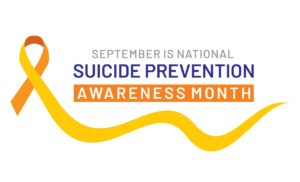Stonewalling

We have all been there when arguing with our partner, it typically occurs at the end of the whole fiasco… Blank facial expressions, silent stares, or walking out of the room are all examples of stonewalling. The term stonewalling refers to the act of turning away from the discussion, (or person) due to a lack of mental energy or intense frustration. Stonewalling or shutting down is one of the four main behaviors that ruin relationships, according to John Gottman’s research.
Externally, when we engage in stonewalling, we physically shut down, shut-up, or shut the door on the conversation. It does not look like a lot is going on, but on the inside, it’s a circus. Internally, our blood pressure & heart rate skyrocket, our breathing becomes more shallow, and body temperature gets hotter! Not exactly the right state of mind you want to be in when you are trying to listen or calmly get your message across…
This can be frustrating to the other person, because they may feel boxed out of the conversation or unimportant. Gottman’s research discovered many times the other partner will even escalate, to get some sort of reaction. This only makes matters worse and deepens the anger for both parties.
Take a Break
It’s okay to be flooded with emotions and need a break to rest your thoughts. Next time you feel yourself shutting down, take a break. Calmly tell your partner that you need to rest, and would like to return to the conversation after you have calmed down. It’s important to let your partner know that you need a break, without doing so, it could feel like abandonment to them. You could also let them know you will return to the conversation, you are not permanently walking away.
Here are a few phrases to try!
- Can I take a 30 min break?
- I need a time out, please.
- I want to finish this when I am not so angry.
- Can we come back to this later tonight?
- Time-out, please.
- Let’s take a break, can we talk in 2 hours?
Self-Soothing
Self-soothing skills can help you calm down, so you can reset and go back to the discussion more level headed. The trick here is to get your heart rate, and breathing to a more manageable level. There are many self-soothing techniques, but it’s important to find a few that work best for you. Come up with a self-soothing plan, so you can have a couple to pick when you are overwhelmed. Here are a few self-soothing techniques to try!
- Go for a walk or jog
- Deep belly breathing
- Listen to music or a guided meditation
- Tense/ release muscle groups & visualize the anger melting off you
- Clean the house or car
- Call a friend or your therapist
These are just a few ways to step back, self- soothe, and return calmly to the conversation later. It’s important to remember to circle back to the discussion after you are calmer, to avoid enhancing the issue at hand!



